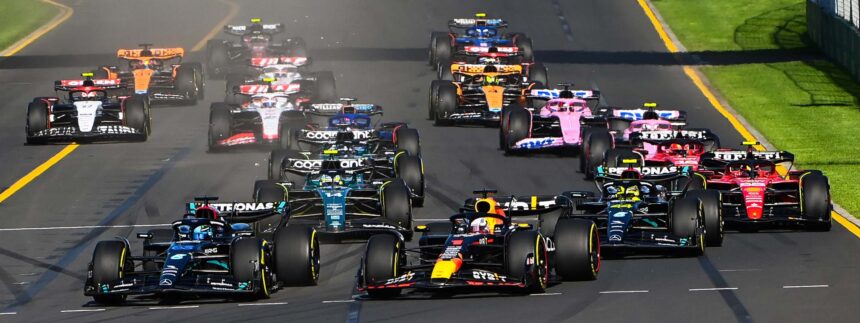Formula One, or F1, is the zenith of motorsport, showcasing the fastest cars and some of the most skilled drivers in the world. Races, known as Grands Prix, take place on tracks across the globe. Teams (constructors) and drivers compete for the championship titles over a season. The race weekend format typically includes practice sessions, qualifying (to determine the starting grid), and the race itself. Constructors spend millions on car design and race strategy to ensure their drivers have the best chance of winning.

For 2024, Formula One has introduced several key rule changes that will affect everything from how teams budget their operations to the cars’ designs and how they strategize for races. Here’s what you need to know, simplified for everyone from new fans to seasoned aficionados.
Let’s look at the new rules:
- Flexibility with Power Unit Components: Teams can now use more engine components before penalties kick in. This change means fewer grid penalties for replacing parts and lets teams push their engines harder.
- Friday’s New Parts Testing: F1 teams now have the green light to test new car components during Friday practice sessions. This opportunity encourages innovation without the risk of exhausting the season’s allocation of parts.
- One Promotional Event Only: Teams have had their promotional event opportunities halved; they’re now limited to one per season. However, they’re allowed to cover double the distance, providing a better platform to showcase their sponsors and cars.
- More Lenient Gearbox Changes: Changing gearboxes won’t automatically penalize drivers with grid penalties during a race weekend. Instead, penalties will accumulate based on the total gearboxes used over the season, offering teams strategic flexibility.
- Stricter Car Launch Guidelines: To ensure equitable media exposure during new car reveals, F1 has introduced stricter guidelines on when and how teams can launch their cars.
- Expanded DRS Usage: The Drag Reduction System (DRS), which aids in overtaking by reducing aerodynamic drag, can now be used more freely in practice and qualifying sessions. This adjustment allows drivers to get more accustomed to overtaking maneuvers.
- Clarification on Jump Starts: The rules around what constitutes a jump start have been made clearer. This clarity helps drivers and teams better understand the boundaries and reduces race start controversies.
- Streamlined Penalty Points System: The system for accruing penalty points — which can lead to a race ban
These updates reflect F1’s ongoing commitment to improving the sport, balancing the pursuit of performance with the need for fairness and safety. Whether you’re new to the world of F1 or a long-time fan, these changes promise to make the 2024 season one of the most exciting yet.


